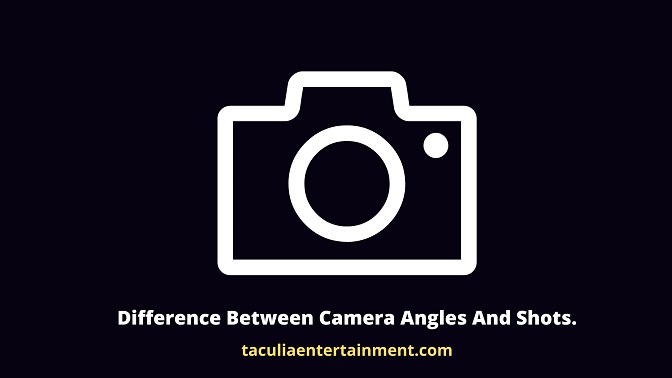
Are camera angles and shots the same? this is one question often asked by so many who are interested in cinematography.
So in this article, I am going to show you the difference between camera angles and shots as well as examples of them both.
In general, camera angles and shots are the various techniques employed by cinematographers for placing or positioning a camera to get different kinds of layouts for video and photo footage.
Imagine how long and uninteresting it would be if you were watching a movie that has the same camera angles and shots in all the scenes.
Using the same camera angles and shots in all your movie scenes will not allow you to interpret the story as you should.
For instance, if the screenplay says that the lover dipped his hands into his trouser pockets to produce an engagement ring he puts on his fiancee’s fingers. You have to mix different camera angles and shots to make the storyline very interesting.
For example, you can begin the story with a wide shot that reveals the lovers in their location. And from there use a cut-away shot to show the man dipping his hands into his trouser pockets.
Next, use a medium shot to show him putting the ring on his fiancee’s fingers, and finally use a close-up shot to show the facial expression of the fiancee after she receives the ring.
In so doing, you have been able to use different camera angles and shots to make the storyline more interesting to the viewers.
Now let us move on to see the main point of this article which is the difference between camera angles and shots.
Are camera angles and shots the same?
Camera angles and shots are not the same and the difference between both is that camera angles are simply a viewpoint from the camera which enables the viewer to understand how the characters in the video clips are related; while the camera shots are simply the composition of the video clips or footage.
Think of the camera angles as where the camera is looking from. For example, is it looking up as in the high angle or looking below as in the low angle? While the camera shots are simply how the characters occupy the scene or frame.
Types of camera angles.
The basic types of camera angles are:
- Eye level.
- High angle
- Low angle
- Over the shoulder
- Aerial shot
- Bird’s eye view.
1. Eye level.
In the eye-level shot, the viewer is placed on the same level as the subject as if they are standing face-to-face.
This shot is commonly used when filming a dialogue scene where it is very important for the viewer to catch the perspective of two or more subjects.
2. High-angle shot.
In this type of camera angle, the cinematographer places the viewer in a position that elevates him from the subject. It makes it seem as if the viewer is looking down on the subject.
The aim is to make the subject seem weak, powerless, or afraid.
You will see this type of camera angle in horror and war movies when the vulnerability of the subject is very vital.
3. Low angle.
In the low-angle shot, the camera is positioned under the subject which makes it seem as if he is looking up toward the subject.
This shot is used when you are trying to make the subject seem strong or fearless.
This camera shot also adds some perceived height to the subject.
4. Over the shoulder.
As the name implies, the shoulder shot places the camera in such a way that makes the viewer seem as if he is watching the tone of the subject over the shoulder of the other subject.
This shot is often used when filming a conversation (dialogue) scene in a movie.
And even though the shot places both of the subjects into perspective, it is only one of those subjects you can view at eye level.
5. Aerial shot.
Aerial shots are usually filmed with a drone camera, and it is used to establish the location of a movie.
Before the advent of drones, these types of camera angles were filmed using a helicopter, and it was more prominent in war films.
The aim of this camera angle is to place more focus on the magnitude or beauty of the film’s location.
6. Bird’s eye view.
Also known as the overhead shot, this camera angle is taken from a 90-degree angle above the subject.
Unlike the aerial shot, the bird’s eye view is taken way down or closer to the subject, which makes the height the difference between these 2 types of camera angles.
Types of camera shots.
